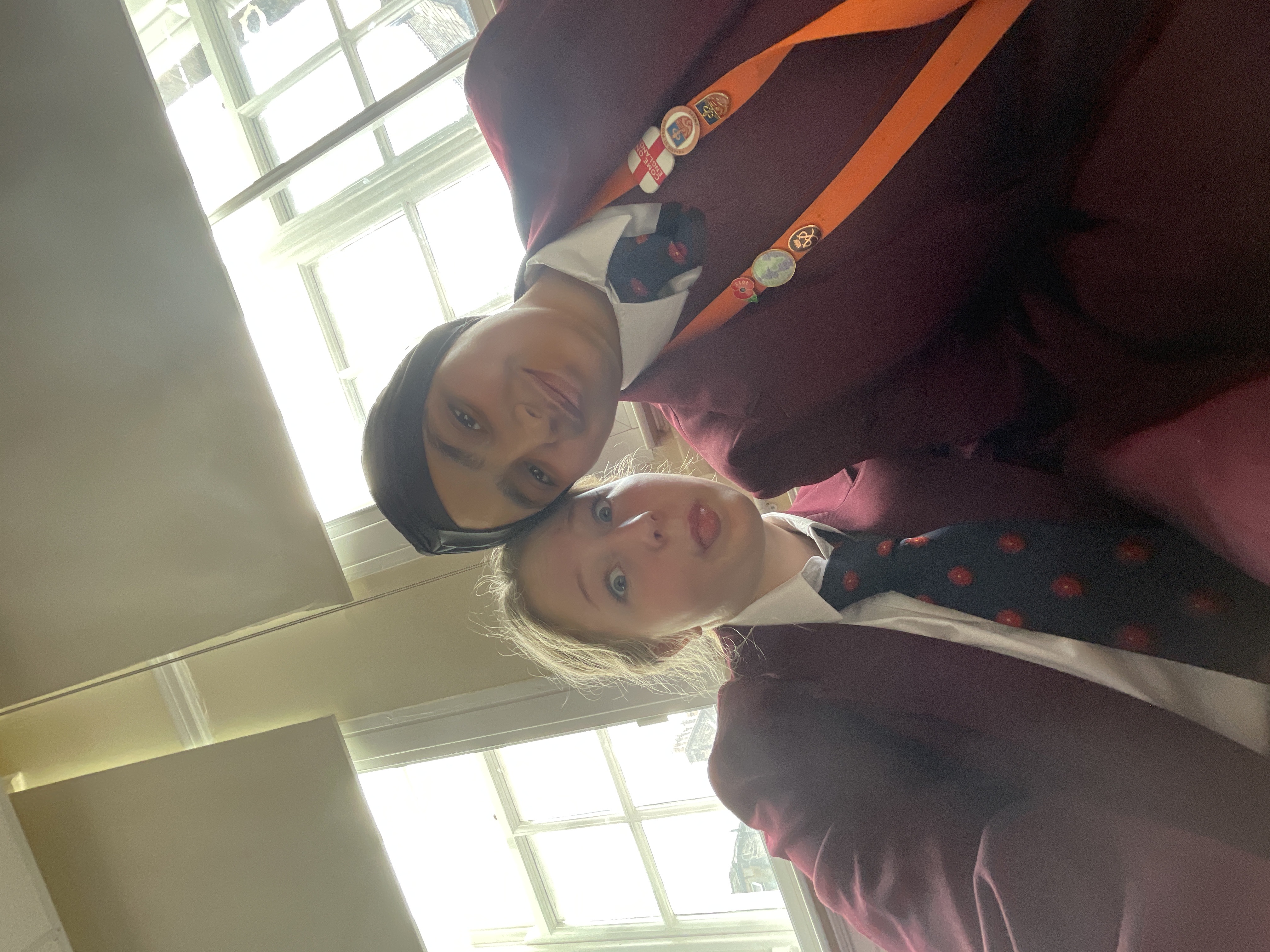bayonet charge
Cards (94)
- Who is the author of "Bayonet Charge"?
- What does Hughes depict in "Bayonet Charge"?
- How is the soldier described at the beginning of the poem?
- What does the hare symbolize in the poem?
- What jolts the soldier back to consciousness?
- What instinct does the soldier revert to in the poem?
- When was "Bayonet Charge" published?
- What historical events influenced Hughes' writing?
- How did Hughes' father's experience in WW1 affect him?
- What does Hughes aim to highlight in "Bayonet Charge"?
- Who inspired Hughes in his depiction of war?
- What narrative perspective is used in "Bayonet Charge"?
- What does the third person perspective emphasize?
- How does the poem portray the isolation of soldiers?
- What irony is present in the poem regarding soldiers' emotions?
- How does Hughes depict the soldier's desensitization?
- What structural technique does Hughes use to mirror chaos in war?
- What effect does enjambment have on the poem's pace?
- What does the rhetorical question at the end of the first stanza imply?
- How does caesura affect the second stanza's pace?
- What does the use of repetition in the poem signify?
- What does the opening line "suddenly he awoke" convey?
- What metaphorical meaning does waking up have in the poem?
- How does Hughes use lexis to dehumanize the soldier?
- What does the phrase "numb as a smashed arm" imply?
- How does Hughes personify the air in the poem?
- How does the unconventional narrative opening affect the reader?
- What does the blending of humans and weapons suggest?
- What does the chaotic structure of the poem represent?
- How does Hughes' use of imagery affect the reader's understanding?
- What does the struggle to understand the poem represent?
- What does the phrase "cold clockwork of the stars and the nations" imply?
- What does the poem's focus on one soldier's emotions highlight?
- How does the poem challenge the glorification of war?
- What does Hughes combine in his poetry to blur the lines between human and weapon?
- What does Hughes suggest about humans in war?
- What does the term “lugged” imply about the soldier?
- What does “smacking” imply in the context of the poem?
- How does the term “statuary” describe the soldier's state?
- What does the phrase “blending of body and weapon” signify?
